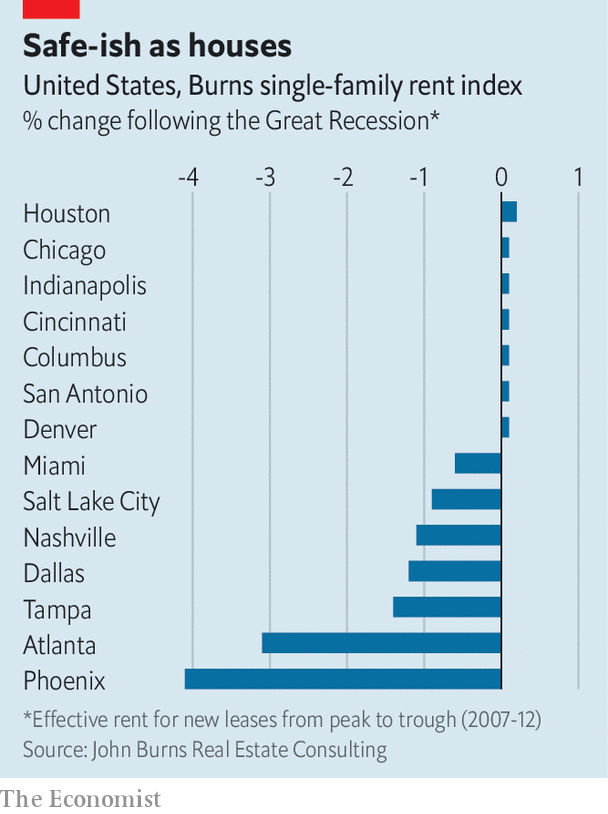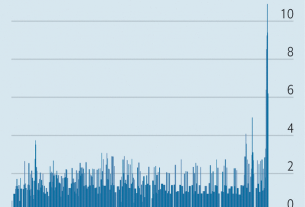Spring weather often lures a stampede of homebuyers. Blossoming flowers and gushing sunlight after the winter slog make homes look more inviting. Not this year, though. Across the rich world house-hunters perturbed by high prices and rising rates are holding fire on mortgage applications. In America new home sales have crashed to two-year lows.
One group of buyers, however, remains unfazed: Wall Street. What began as an opportunistic bet on single-family housing during America’s subprime crash of 2007-10 has morphed into a mainstream asset class. Today all sorts of institutions—from private-equity firms to insurers and pension funds—are piling into the sector. They are unlikely to vacate it: being a rentier looks as appealing as ever.
One reason is that demand for rental homes will jump as homeownership gets costlier. American savers need on average $ 15,000 more than they did before the pandemic to afford a 10% downpayment. In San Francisco they need an extra $ 38,000. Higher borrowing costs, on the other hand, are forcing millennials nearing their peak buying years into longer leases. This coincides with a larger trend fuelled by the pandemic: a shift from apartments towards larger, suburban homes with gardens and office space—which many households cannot afford and must therefore rent.
A scarcity of housing will also help the rentiers. Despite a recent surge in investment, the market for single-family homes remains woefully undersupplied. By one estimate, America is short more than 5m homes for buyers and renters. England has more than 28 prospective tenants for every available property. Big institutions are building their way out of constrained supply. In America, more than one in four new properties added to the portfolios of single-family rental providers in the final quarter of 2021 were built rather than bought, up from 3% in the third quarter of 2019. In Britain, investors are projected to supply a tenth of the government’s target for new housing in the next few years.

This helps explain the sector’s resilience. While landlords of shops, bars and restaurants struggled to collect payments at the start of the pandemic, strong demand for single-family homes pushed rents through the roof. In America they rose by 13% in the 12 months to March 2022. In Miami, they jumped by more than 40%. Rents held up relatively well during the global financial crisis; in some markets they even grew (see chart). That is helping to reassure investors as a recession looms.
There are risks. Asset prices will be sensitive to higher rates, particularly if inflation stays high. Yet it is the smallest landlords, with five homes or fewer, who look most exposed. They own nearly nine in ten single-family rental homes in America. John Burns Real Estate Consulting, a research firm, reckons smaller investors bought 28% of all homes sold in the country during the first quarter of 2022, compared with 6% for investors with more than ten homes. As Wall Street’s home run continues, it is the lesser landlords who have their backs to the wall. ?

